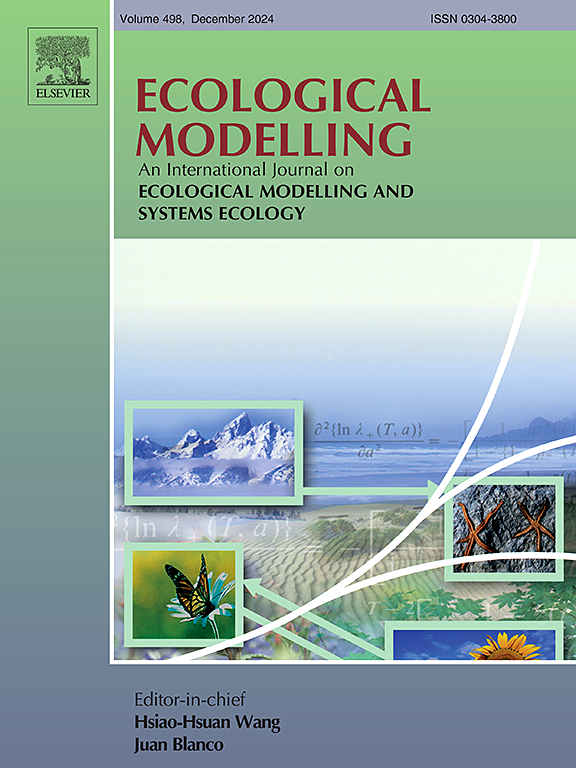Forest insect populations: Modeling of critical events as first- and second-order phase transitions
IF 2.6
3区 环境科学与生态学
Q2 ECOLOGY
引用次数: 0
Abstract
In this article, methods are examined for modeling of critical events in forest insect populations by describing the processes of development of a population outbreak as analogs of first- and second-order phase transitions in physical systems. Measurable parameters characterizing the phase transition processes are proposed. For several forest insect species, first-order phase transition models were analyzed, which allowed to characterize risks of insect outbreaks. Second-order phase transitions were used to describe a spatial distribution of insects among trees (food items) on sample plots. These transitions characterize critical frequency of individuals per victim unit (tree); after attaining this frequency, insects colonize and start consuming all food items. It was also shown that a second-order phase transition model can describe the interaction of a baculovirus with spongy moth caterpillars. This model helped to estimate the latent period of the baculovirus's impact on the insect population and the time required for absolute mortality of caterpillars at different doses of the baculovirus. The proposed approach requires minimal data on the state of an ecosystem.
求助全文
约1分钟内获得全文
求助全文
来源期刊

Ecological Modelling
环境科学-生态学
CiteScore
5.60
自引率
6.50%
发文量
259
审稿时长
69 days
期刊介绍:
The journal is concerned with the use of mathematical models and systems analysis for the description of ecological processes and for the sustainable management of resources. Human activity and well-being are dependent on and integrated with the functioning of ecosystems and the services they provide. We aim to understand these basic ecosystem functions using mathematical and conceptual modelling, systems analysis, thermodynamics, computer simulations, and ecological theory. This leads to a preference for process-based models embedded in theory with explicit causative agents as opposed to strictly statistical or correlative descriptions. These modelling methods can be applied to a wide spectrum of issues ranging from basic ecology to human ecology to socio-ecological systems. The journal welcomes research articles, short communications, review articles, letters to the editor, book reviews, and other communications. The journal also supports the activities of the [International Society of Ecological Modelling (ISEM)](http://www.isemna.org/).
 求助内容:
求助内容: 应助结果提醒方式:
应助结果提醒方式:


